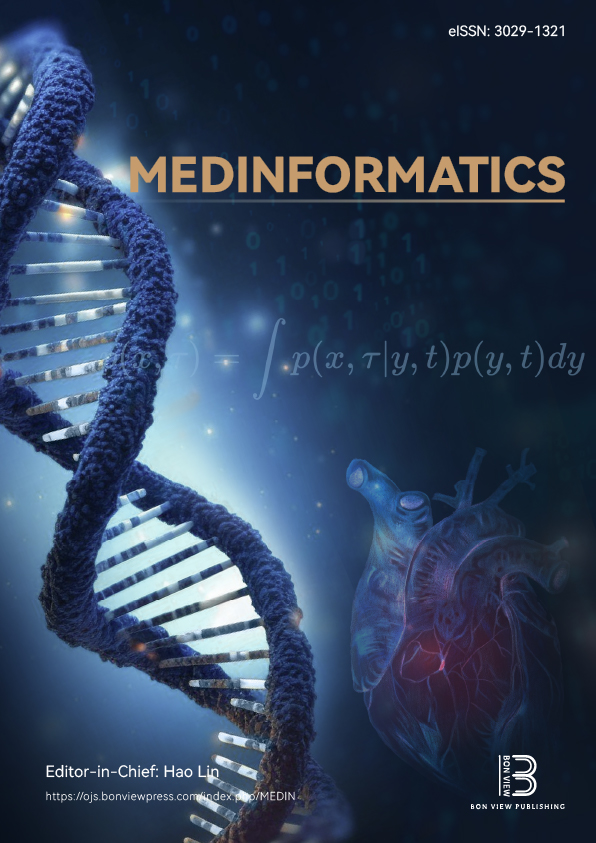Identifying lncRNA–Disease Association Based on Dormant Factor Model
DOI:
https://doi.org/10.47852/bonviewMEDIN52025688Keywords:
lncRNA, miRNA, dormant, evolution, association, similarity matricesAbstract
Long non-coding RNA (lncRNA), once thought to be a noisy gene, has been discovered to engage in a range of biological processes. The association between lncRNA and diseases can be explored by studying its evolutionary conservation. Recent research has demonstrated the role of lncRNA in a number of human disorders like cancer. Computational approaches for identifying the association between lncRNA and diseases are necessary to establish its role. This research aims at creating lncRNA–disease associations based on dormant factor models using lncRNAs–miRNAs and miRNA–disease association data. Similarity functions were statistically analyzed to build the interaction matrices, followed by dormant feature extraction, where the lncRNA–disease association is ranked, with cancer being at the top. The obtained results showed that the current study had a higher accuracy with an area under the curve value of 0.934 for the computed association matrix. These findings highlight the potential of computational models in uncovering novel lncRNA–disease associations effectively.
Received: 14 March 2025 | Revised: 6 June 2025 | Accepted: 29 October 2025
Conflicts of Interest
The authors declare that they have no conflicts of interest to this work.
Data Availability Statement
The code and scripts supporting the findings of this study are openly available in the GitHub Repository. Additionally, the datasets used in this study were obtained from the following publicly accessible sources: LncRNADisease 3.0, LncRNASNP 3, and RNA Disease database. All data used are publicly available and were accessed in accordance with the respective database terms of use.
Author Contribution Statement
Iyappan Ramalakshmi Oviya: Conceptualization, Investigation, Resources, Writing – original draft, Writing - review & editing, Visualization, Supervision, Project administration. Guruprasath Manika Rameshbabu: Conceptualization, Methodology, Software, Formal analysis, Data curation, Writing – original draft, Writing –review & editing. Shree Prasad Muthukrishnan: Conceptualization, Data curation, Writing – original draft, Writing – review & editing, Visualization. Balu Bhasuran: Conceptualization, Methodology, Validation, Data curation, Writing – original draft, Writing – review & editing, Visualization, Supervision. Tharun Kaarthik Gunasekaran Kumutha: Investigation, Writing – original draft. Sudeesh Kumar Venkatesh: Investigation, Writing – original draft. Shalini Deena Dhayalan: Investigation, Resources, Writing – original draft.
Downloads
Published
Issue
Section
License
Copyright (c) 2025 Authors

This work is licensed under a Creative Commons Attribution 4.0 International License.


